Growing in a raised bed is a smart way to increase your garden yields, lighten your workload, and improve the aesthetics of your garden. When you’re new to gardening, growing in a raised bed can help reduce the margin for error, too.
That’s not to say that raised bed gardening is the perfect technique. In fact, there are many mistakes you can make that will hinder your gardening success.
If you’re new to this method of growing your own fruits and vegetables, consider these 13 common raised bed gardening mistakes - and avoid making them when it’s your turn to start growing.
Raised Bed Gardening Mistakes
If you've been wanting to garden but have limited space or need something a bit higher off the ground, then raised beds are perfect. There are great tips for filling raised beds for cheap, and an alternative to this could also be making pallet gardens fit into any space. Raised beds can be a wonderful choice, but they do require work and effort. These tips should help you avoid these mistakes and make the most of your space.
1. Ignoring the Soil
It’s easy to get carried away with planning out what kinds of vegetables you will plant in your raised bed and how you will harvest them - but neglecting to care for the soil is a surefire way to cause your garden to fail.
Just lie a living creature, soil changes and grows over time. Its conditions can change between growing seasons, so just because you added plenty of compost when you first built the raised bed, that doesn’t mean you can ignore the soil for the next ten years.
Test your soil and make sure it has all the vital nutrients it needs to be healthy. You can buy a home testing kit from the local hardware store. Add plenty of aged organic compost so your plants can absorb nutrients more effectively from the soil.
There are some great tips for amending your garden bed to consider. Definitely check into a soil test kit as well to help you figure out just what your garden needs for the best harvest.
2. Choosing the Wrong Materials
Most raised beds are made out of wood, but you can make them from a multitude of materials. Be sure to check what materials are safe to use and which have health or safety restrictions in the area where you live. You should avoid using pressure-treated lumber or other chemically-treated woods to plant your vegetables
Further, older materials should also be avoided. These can contain creosote and other chemicals that can harm your plants. Instead, try to use locally-sourced, sustainable woods that are rot-resistant and long-lasting, such as cedar or hemlock. I also found these great corrugated metal garden beds at Nature's Hill Nursery that are an excellent investment that is super durable.
3. Using Weed Killers
Avoid using any kind of herbicide in or near your raised bed garden. These chemicals can linger for many years, poisoning the soil and making it difficult for you to grow anything in your beds. They can become even more dangerous when it rains, so the runoff can carry the toxins to other areas of your garden.
Instead, steer clear of toxic herbicides, choosing a combination of hot water and vinegar to kill weeds instead. Here are some homemade pesticides that may be a better choice for your garden.
4. Poor Planning
When you layout your raised bed garden, you’ve got to pay special attention to where and how you set it up. As with a regular garden, it’s going to be difficult to move an entire garden bed once you have your soil, plants, and water systems in place.
Pay attention to the sun first. Orienting the bed so that it faces east-west rather than north-south is a major mistake. Your plants might not be able to access the right amounts of sunlight, as most vegetables need at least six hours of sun per day.
Another common issue? Planting sun-loving plants in the shade or vice versa. Although tomatoes like to be grown in the bright sun, peas and lettuce would rather be grown in shadier spots. Make sure you check out all of the gardening hacks that can help you pick the right spots.
5.Building a Too-Big Bed
It can be tempting to build a massive raised gardening bed, but in so doing, you’ll really be defeating the purpose. Try not to start out too big, as you want your raised beds to be just the right size so you can work in them and around them. Avoid making any beds that are more than four feet wide as it will be next to impossible for you to reach the plants in the center.
Can’t I just step inside, you might be wondering? No! Avoid this fatal mistake. Stepping inside your raised gardening beds can cause soil compaction, which can lower the quality of your soil, making it more difficult for plants to grow, and even kill the ones you already have growing.
One more tip - if you are building a raised bed near a fence, you might want to make it even more narrow. Be sure to leave space between multiple raised beds so you can get around them, too - at least three feet is recommended in most cases.
6. Doing the Same-Old, Same-Old
When it comes to planting, be thoughtful about where you place your various plants within your garden. Try not to grow the same crop in the same location for more than one year in a row. You can instead grow healthier plants by rotating your crops. Certain pests, fungal diseases, and nutrients can be overrepresented in the soil when you do this, or certain nutrients can even be depleted. Rotate your crops every single year.
Use things like these great trellis ideas for cucumbers or these tips for growing a bigger tomato harvest to make sure you are using the best tips for your individual needs and not doing the wrong things.
7. Failing to Label
Mark every plant in your garden to avoid overcrowding or accidentally pulling a vegetable when you meant to pull a weed. Label every plant, putting a plastic tag on the plant, or making your own labels as you go.
You can get the kids involved by making these cute painted rock garden markers. Or, you can use one of these great DIY garden marker ideas instead. Of course, you can easily buy ready-made markers. I love these flattened spoon garden markers too. You can even order these special laser-cut wood vegetable markers or these little copper stick garden markers. There are tons of great ideas to keep your plants marked and easy to identify.
8. Choosing the Wrong Vegetables
You can grow just about any kind of plant you want in a raised garden bed, but that’s not to say that they will all perform equally well. You may want to avoid plants like asparagus unless you plan on devoting that raised bed to asparagus for the rest of its time in your garden (asparagus is a perennial so it’s going to come back every single year).
Other plants you might want to avoid include sprawling cucumbers and squashes. Although they’ll grow just fine, they require a lot of room to do so. Instead, consider planting raised bed-friendly plants like tomatoes, bell peppers, thyme, and basil.
9. Neglecting Your Pathways
Sure, the raised beds themselves should be the star of the show, and you should mind them before you tend to anything else. However, it’s also important that you pay attention to the pathways and rows in your raised bed garden.
Allowing the grass to grow up around the plants will not only lead to a serious case of itchy legs, but it can also attract pests like snakes and insects. You can mow or use a weed eater around the raised beds, or you can put down a weed barrier. Avoid landscape fabric, as weeds will get through anyway.
10. Not Planning Water Systems Ahead of Time
Both overwatering and underwatering can kill a plant in no time. Therefore, it’s essential that you plan out irrigation systems before the water becomes an issue (after your plants have already been planted).
Not sure how much water to supply? Invest in an irrigation system with a smart controller. These systems have moisture sensors that will adjust the amount of water based on how much water has already been supplied to the garden via natural rainfall. Of course, if budget is an issue, you can check out these drip irrigation systems.
There are some great DIY irrigation ideas you can use if you want. They create the perfect way to water your plants without forgetting on busy days.
11. Not Capping End Grain
When you’re building raised beds, you’ll want to avoid exposing the end grain of the posts and not capping them. While this is a relatively strong construction method, the problem is that, over time, the exposed ends will absorb water, leading to rot. Cap the posts with a decorative post cap or change your construction plans to avoid this problem.
12. Failing to Mulch
Mulch isn’t just for gardens that you grow on the ground. You also need mulch to help maintain your raised bed plants. Weed pressure tends to be lighter in raised beds, but that’s not to say that it’s nonexistent. Weed seeds will always be able to work their way in. mulch helps to regulate the soil temperature and also retains moisture, which is helpful during the heat of the summer as well as the dead of winter.
If you aren't sure about mulching, check out these guides and tips to mulching. There is even a tutorial in there for how to make your own mulch. In a pinch, I like using this EZ mulch. It's affordable and definitely easy to find.
13. Building Concrete Raised Beds
Head to Pinterest, and you’ll find all kinds of plans for concrete gardening beds. However, there’s one major problem - they are going to be super permanent. Sure, there is nothing to rot away, but if you ever want to move your beds, you’re going to need a jackhammer.
Not only that, but concrete can leach lime into the ground, which is not a good thing for plants that need acidic soil. Concrete also requires proper reinforcements and can be prone to cracking in the wintertime.
Don’t Be Afraid of Raised Bed Gardening
Raised bed gardening presents all kinds of advantages to experienced and novice gardeners alike. Not only is it easy to grow tons of vegetables and fruits in a small amount of space, but it requires minimal effort and know-how, too. By following these tips - and avoiding these common raised bed gardening mistakes! - you’ll be well on your way to a successful harvest this fall.

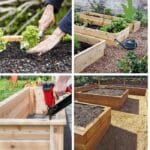
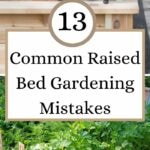

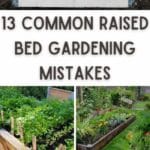
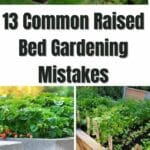
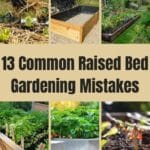
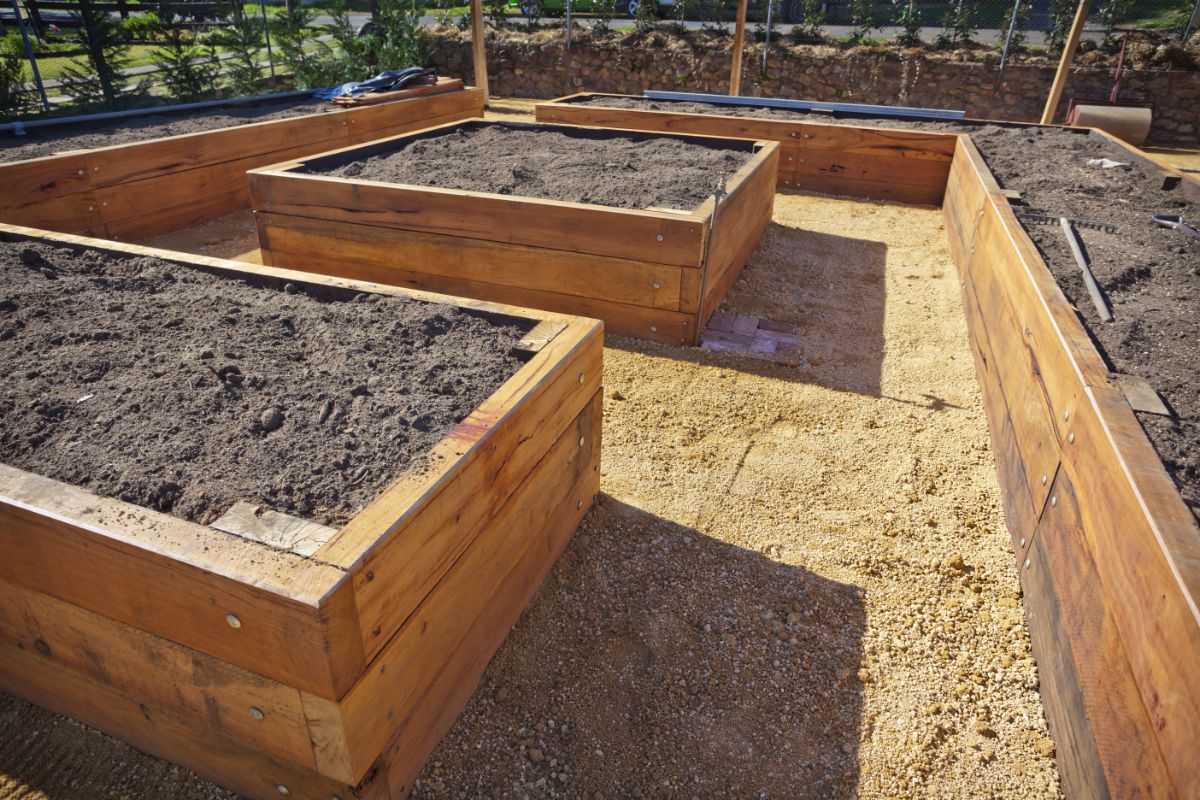
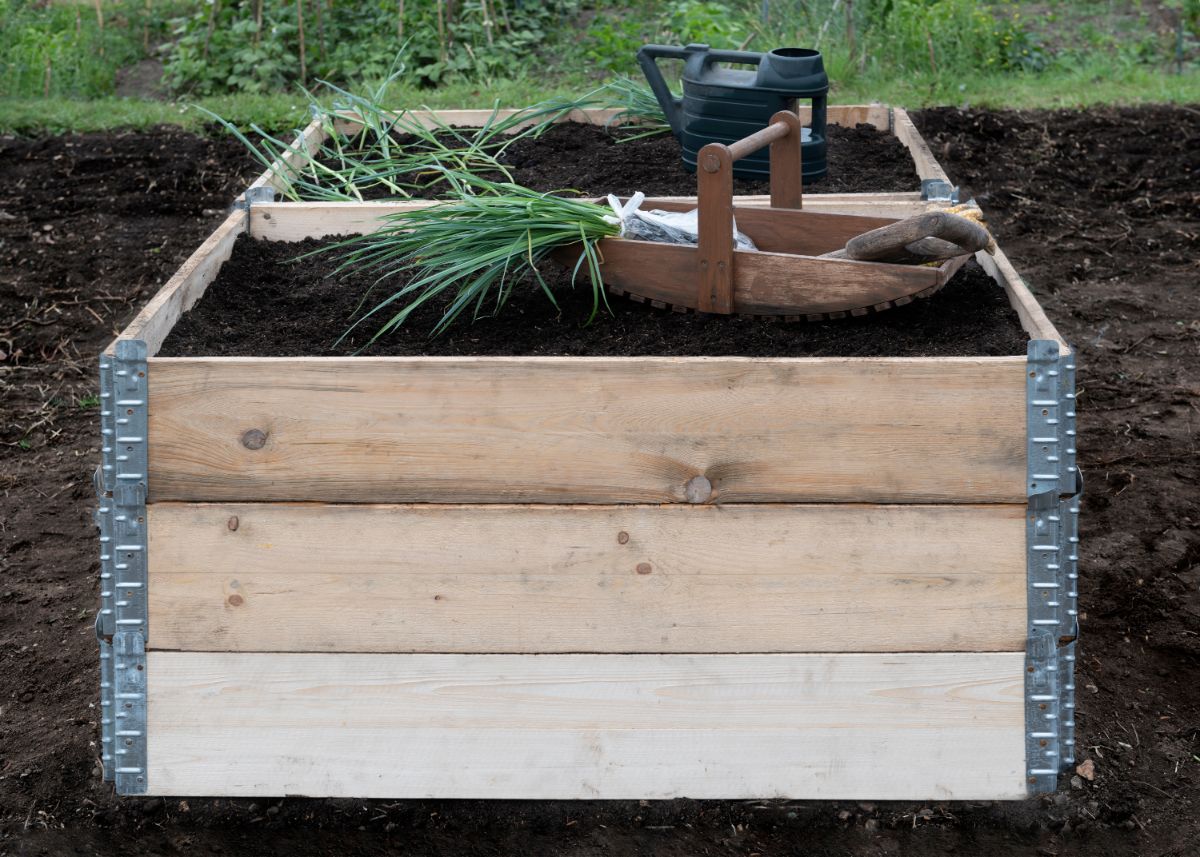
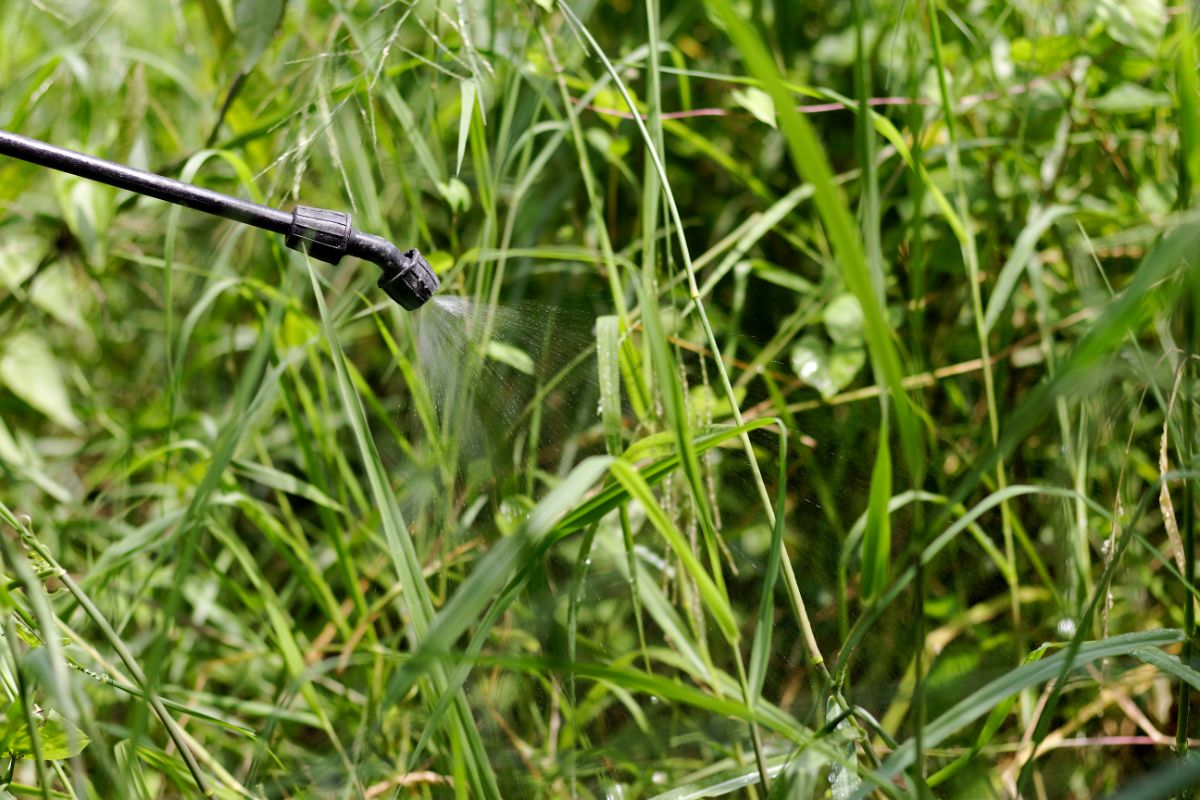
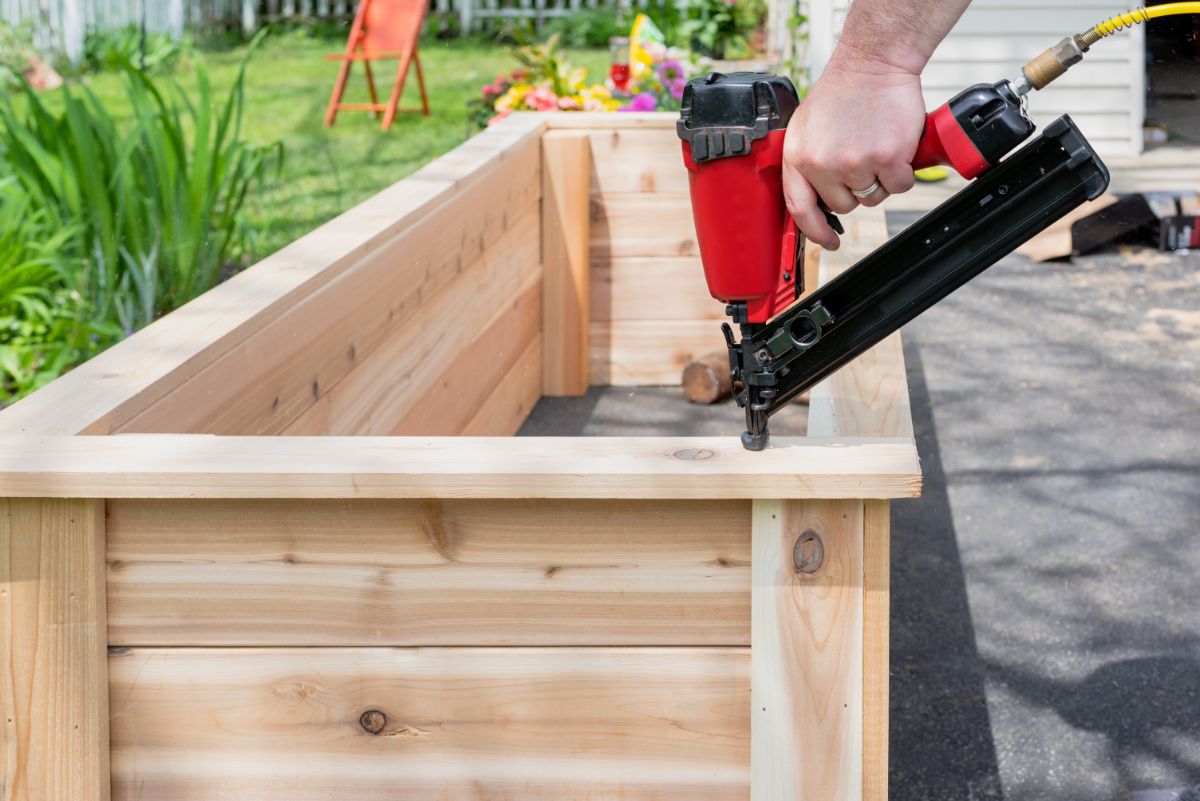
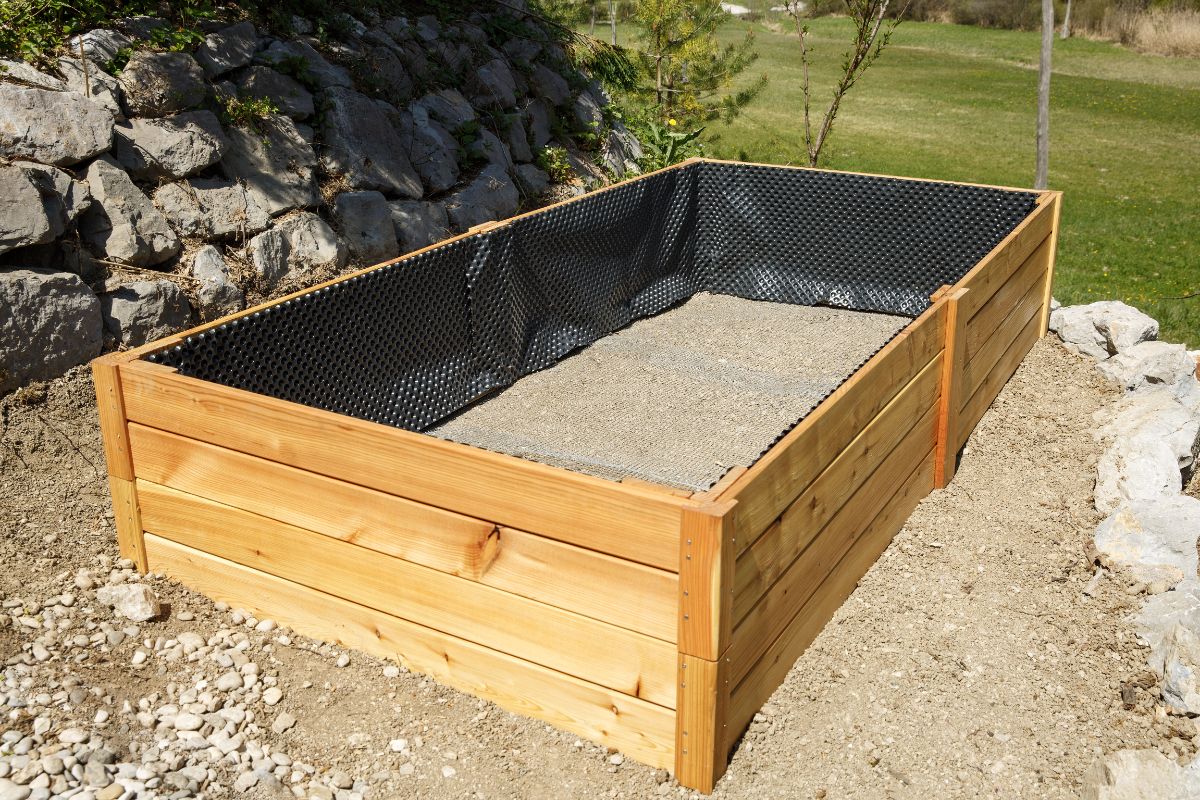
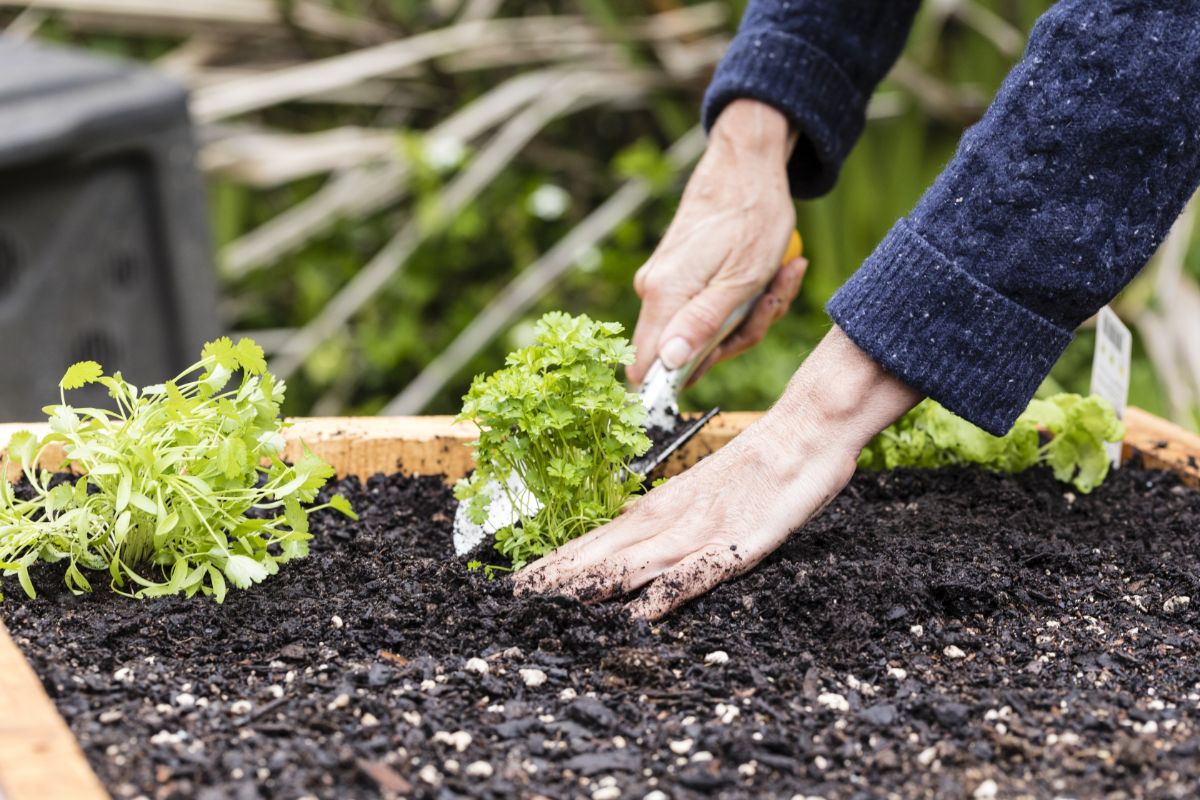
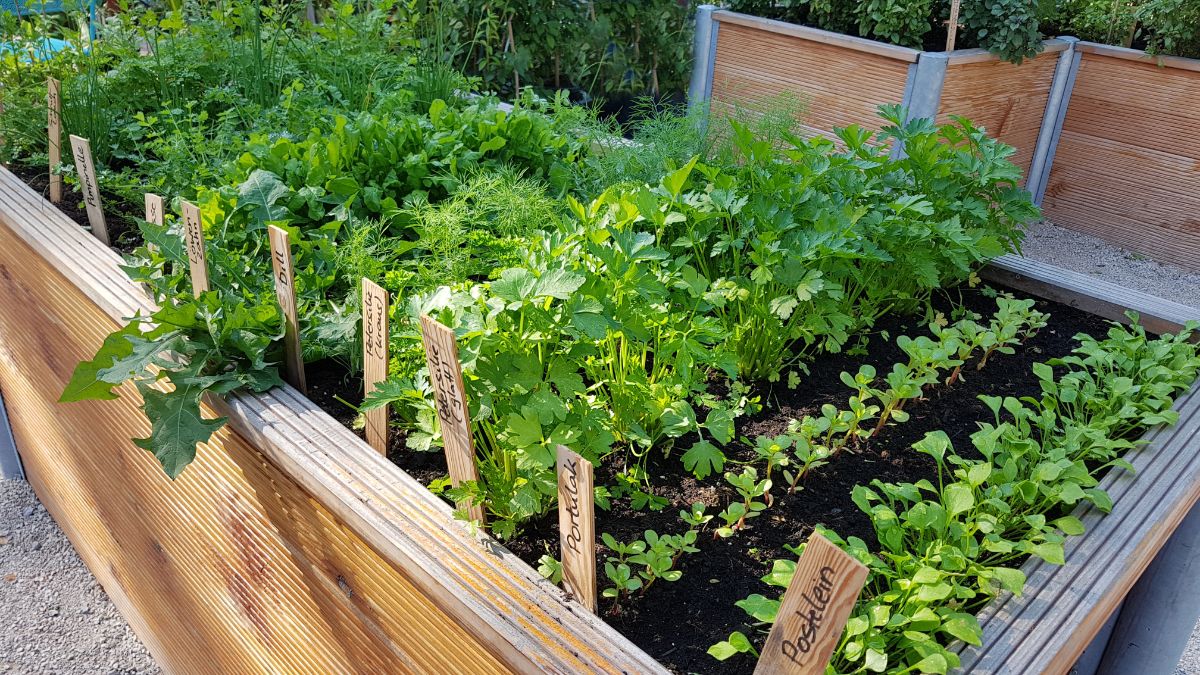
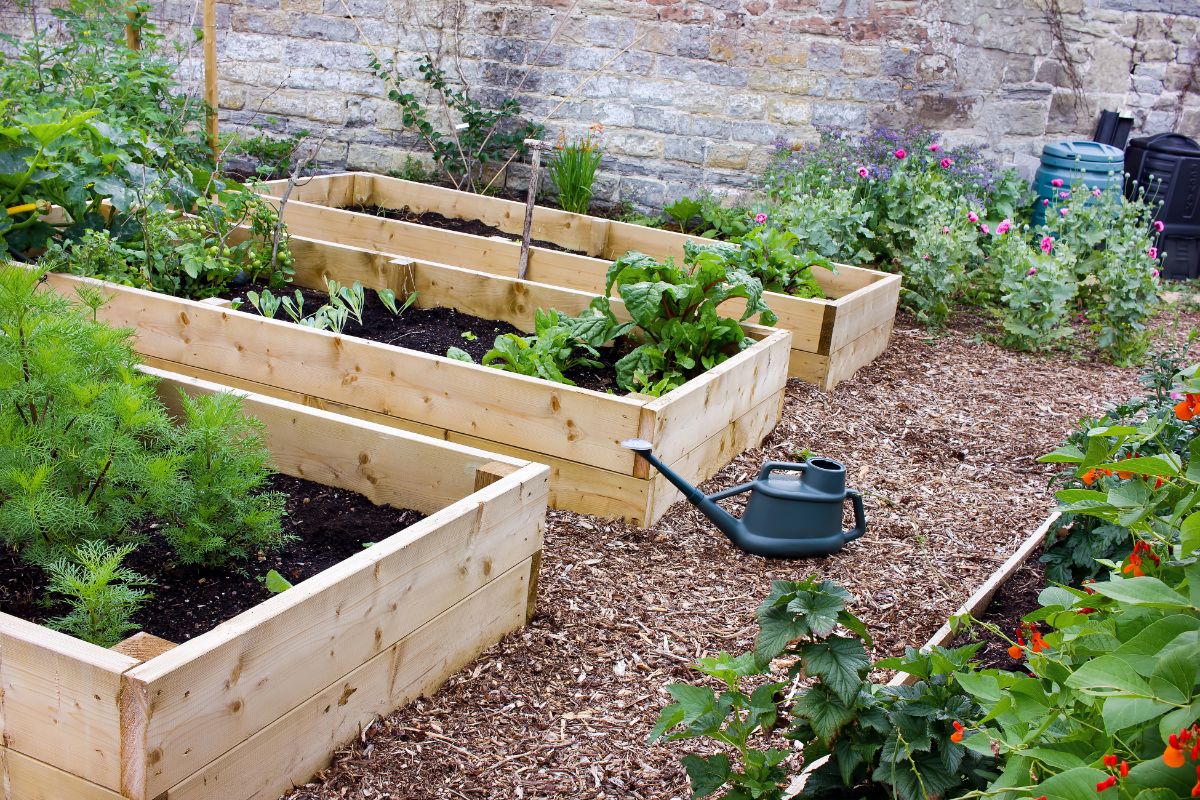
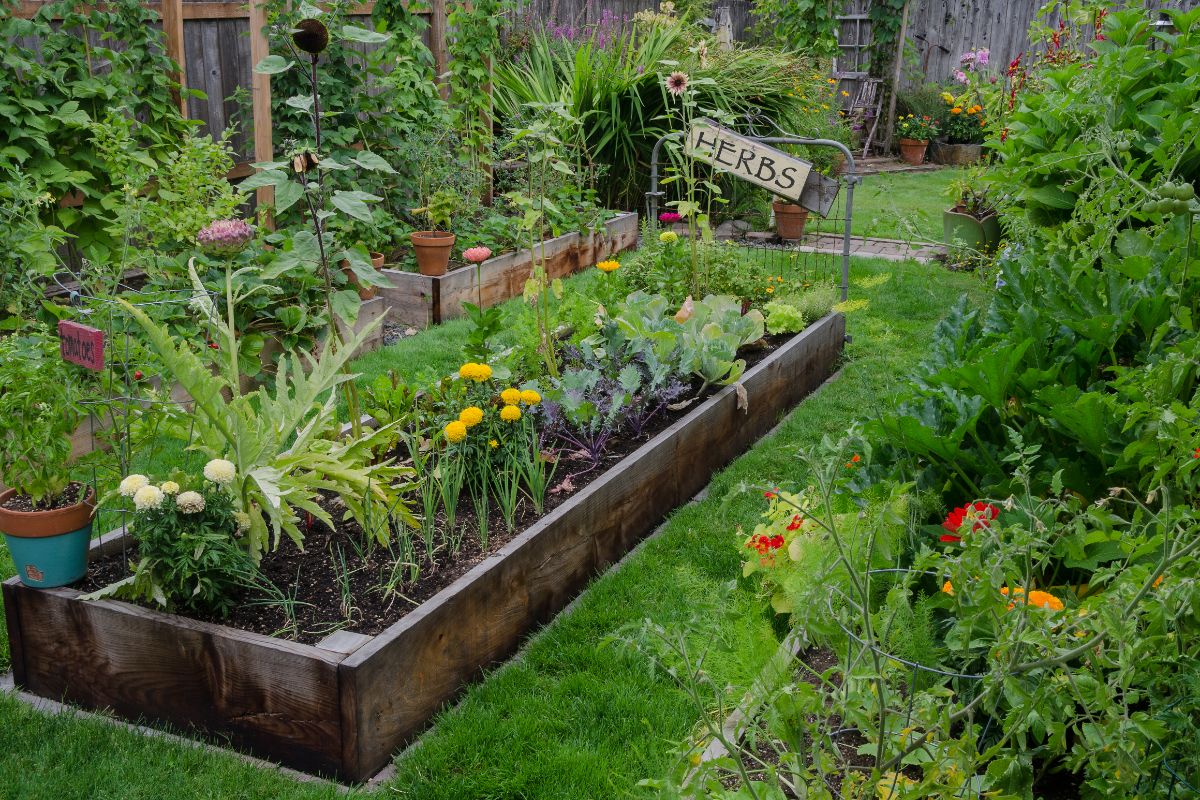
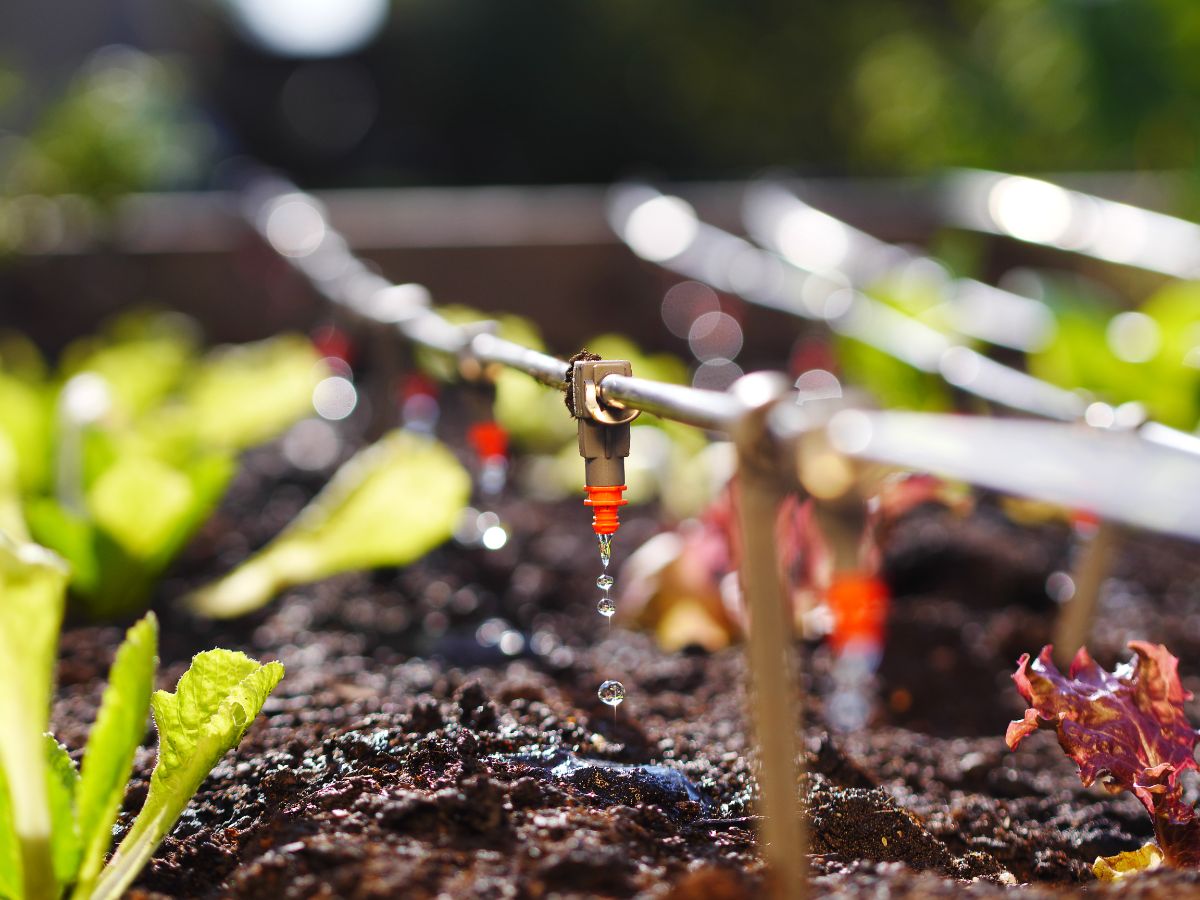
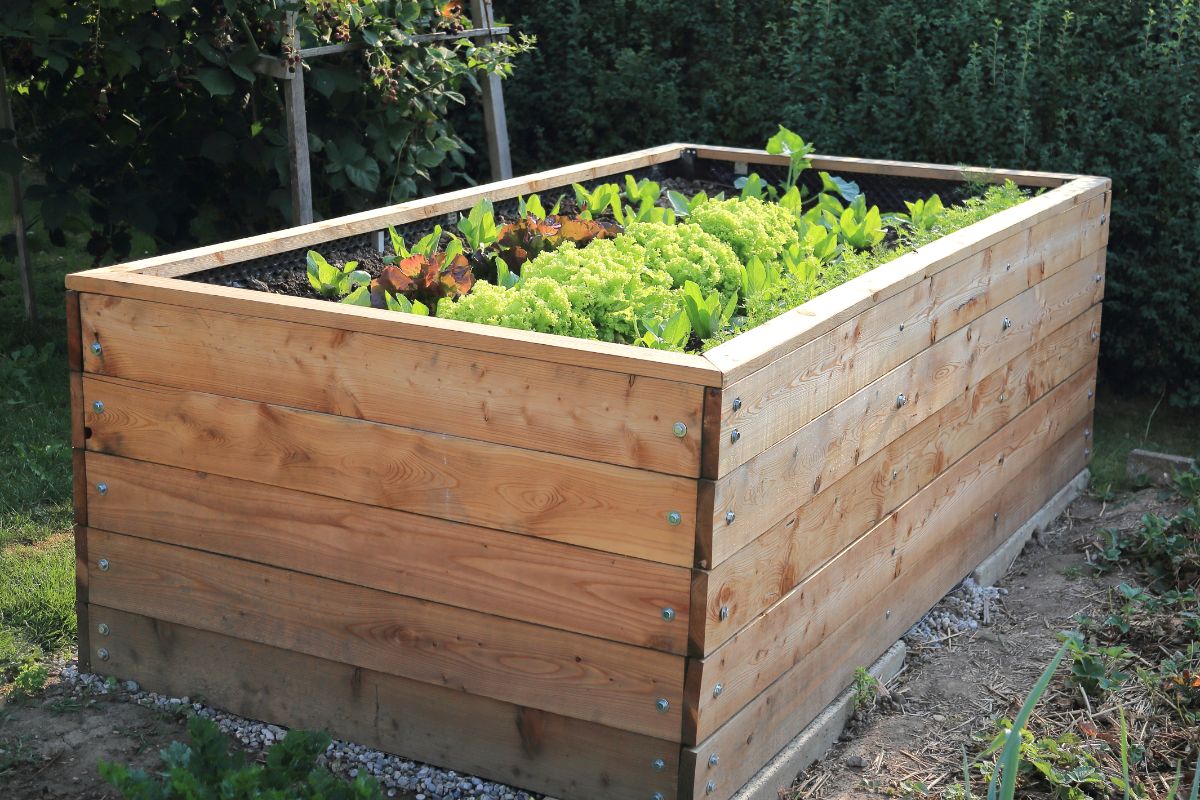
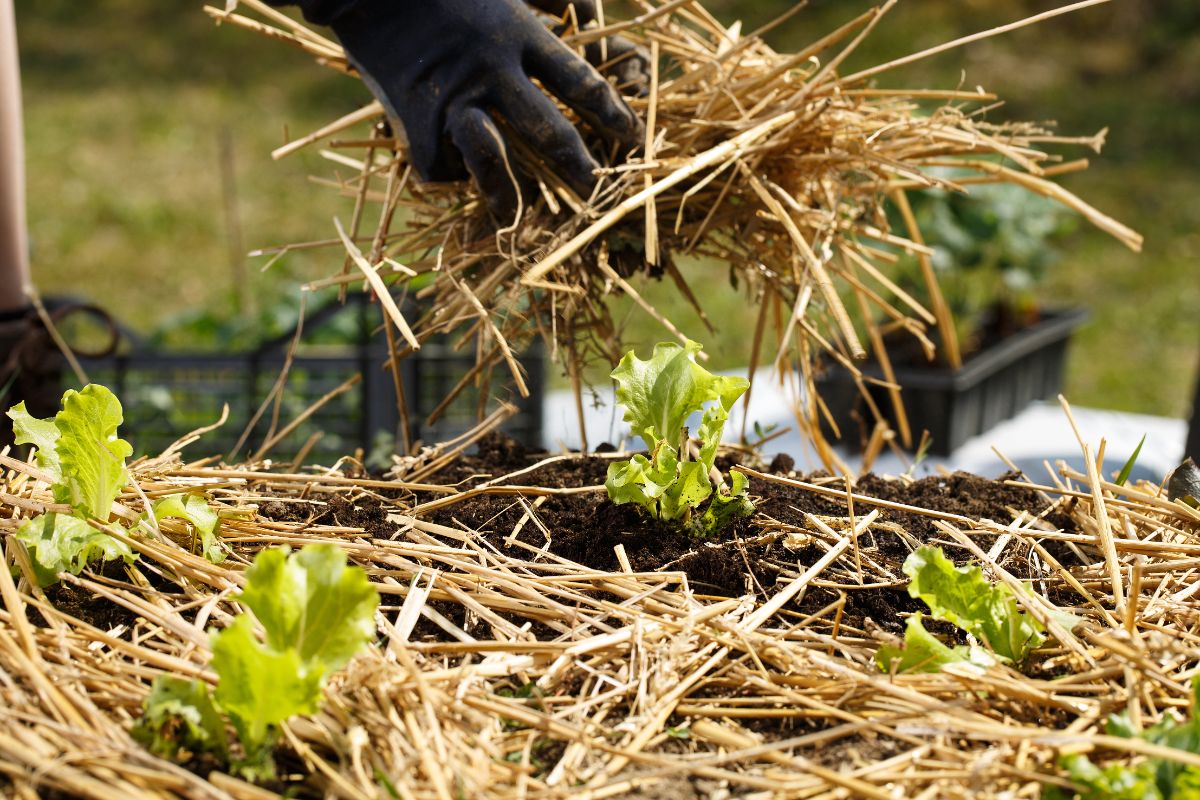
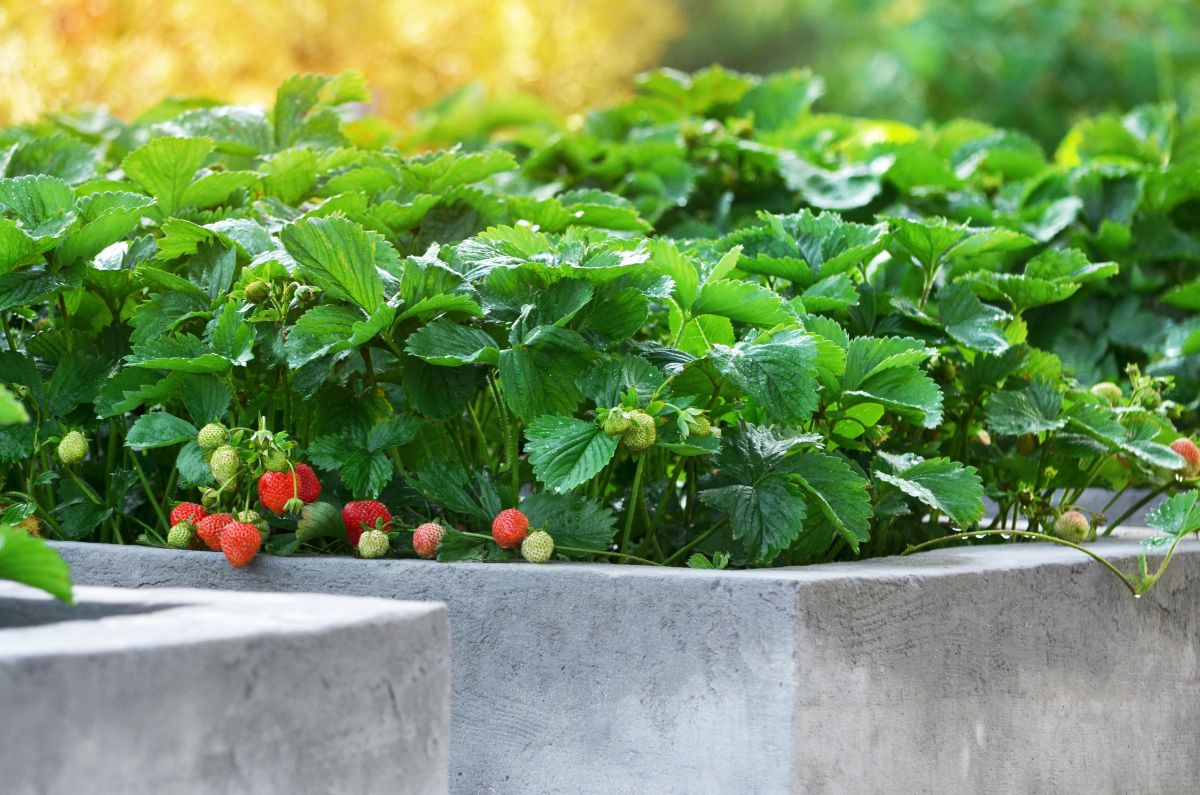
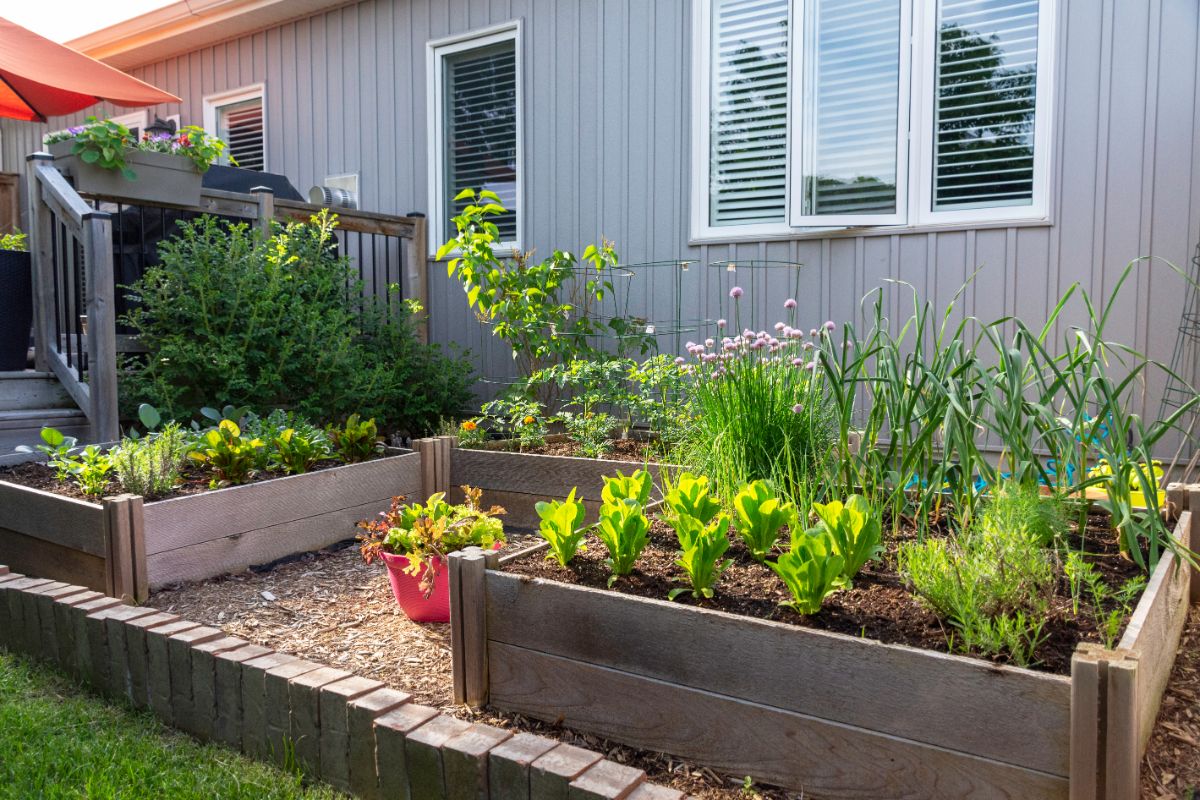
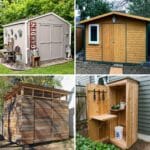
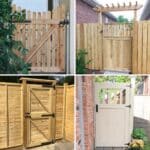
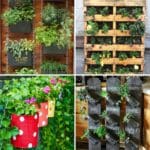

Latha
I see that you have mentioned the drawbacks of concrete raised beds. If I i use hollow concrete bricks, will that have the same problem?
Shawn allen
Another problem to remember about: not taking care to protect against feral cats.
They will think the raised beds are a free litter box, and cat droppings are not good for gardens.